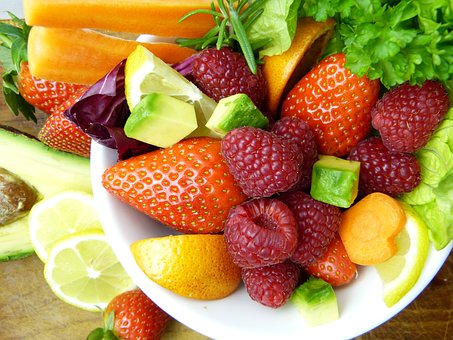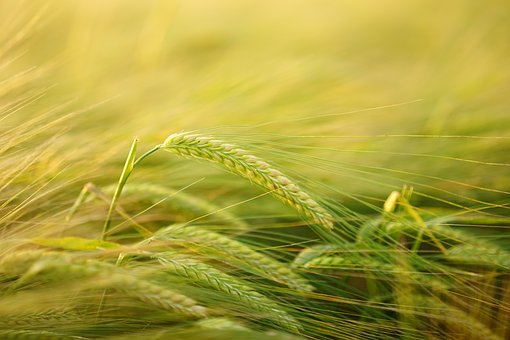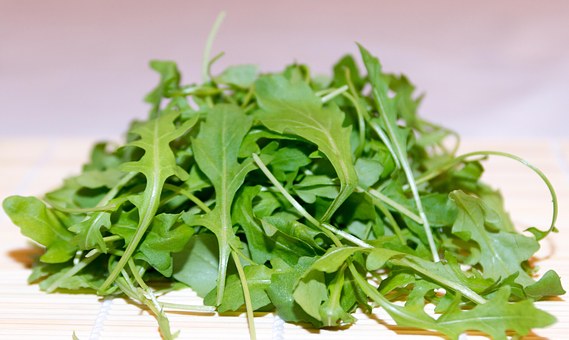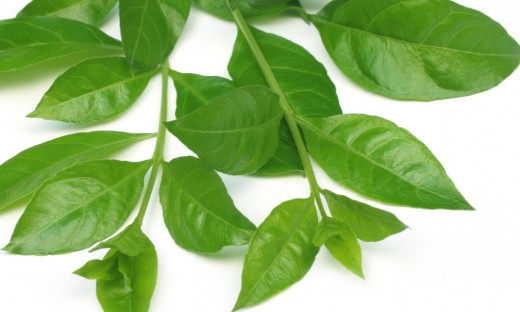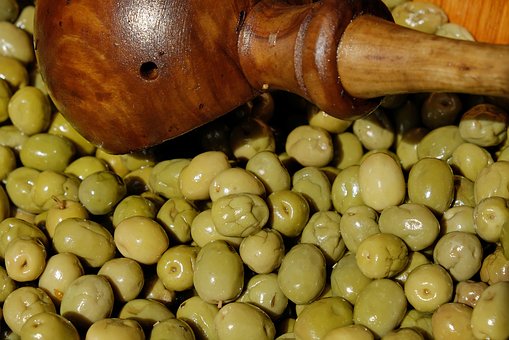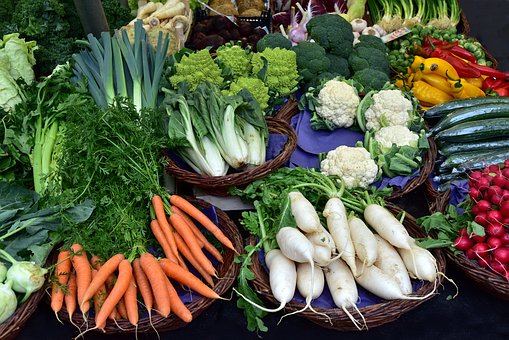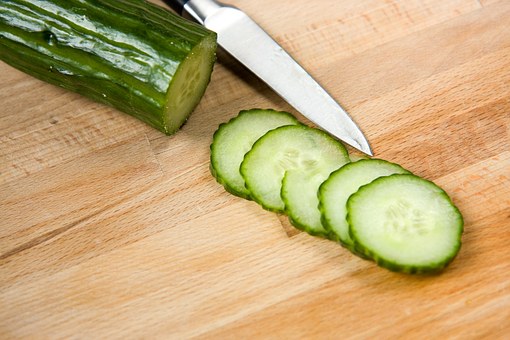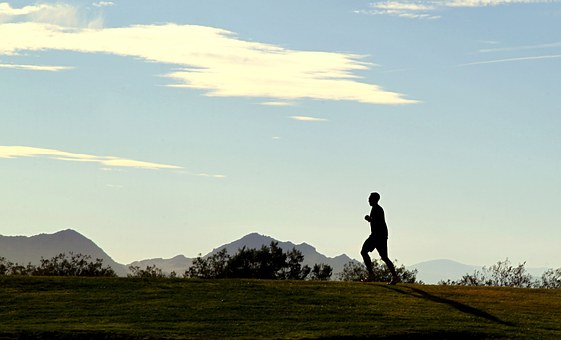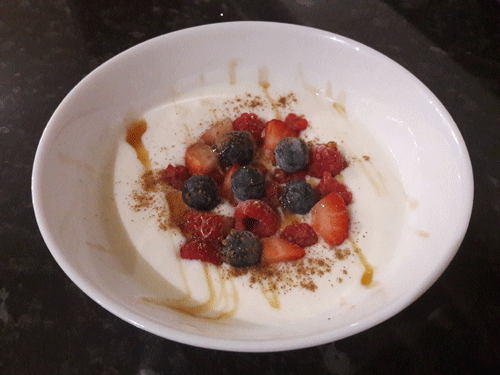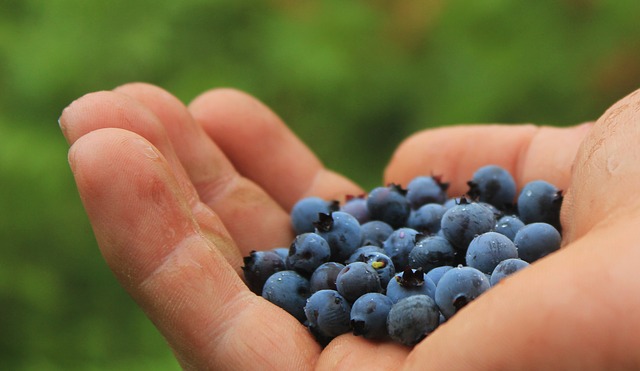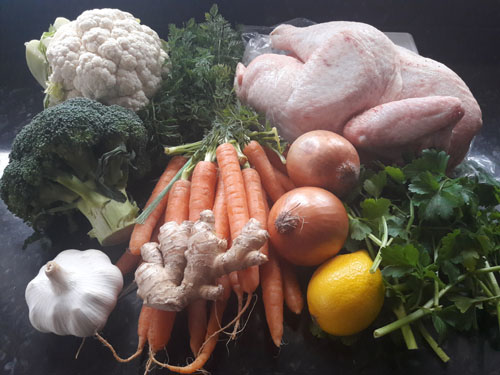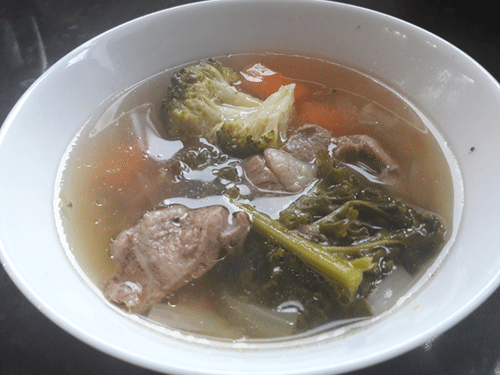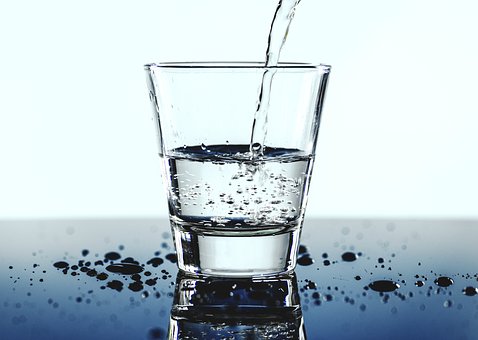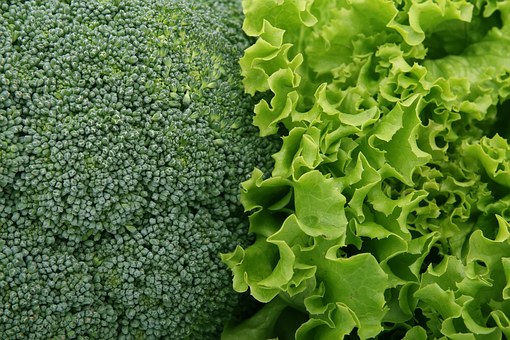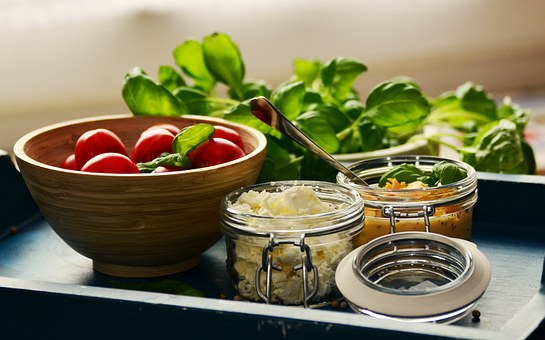Thymoquinone Produced Antianxiety-Like Effects in Mice Through Modulation of GABA and NO Levels
© Authored by PubMed
© HealthyMuslim. See Terms and Conditions
Copy Link
Email
Print

Gilhotra N, Dhingra D. Thymoquinone produced antianxiety-like effects in mice through modulation of GABA and NO levels. 1. Pharmacol Rep. 2011;63(3):660-9.
The aim of the present study was to investigate the role of GABAergic and nitriergic modulation in the antianxiety effect of thymoquinone, a major constituent of nigella sativa, in mice under unstressed and stressed conditions. Thymoquinone (10 and 20 mg/kg), methylene blue (1 mg/kg) and diazepam (2 mg/kg) were administered followed by behavioral testing using an elevated plus maze, the light/dark test and the social interaction test in both unstressed and stressed mice (mice subjected to 6 h immobilization). The effects of the above-mentioned drugs on plasma nitrite, a stable metabolite of nitric oxide (NO) and brain GABA content were also studied. Diazepam (2 mg/kg) produced significant anxiolytic-like effects only in unstressed mice. However, diazepam significantly increased the GABA content in both unstressed and stressed mice as compared with their respective control groups. Thymoquinone (10 and 20 mg/kg) produced significant antianxiety effects in unstressed mice without altering nitrite levels, but only the higher dose (20 mg/kg) of thymoquinone increased the GABA content in unstressed mice. In stressed mice, thymoquinone (20 mg/kg) showed anxiolytic effects, with a significant decrease in plasma nitrite and reversal of the decreased brain GABA content. Pre-treatment with methylene blue enhanced the antianxiety effect of thymoquinone in both unstressed and stressed mice. Therefore, the present study suggests an involvement of NO-cGMP and GABAergic pathways in the anxiolytic-like activity of thymoquinone.
Link to this article: Show: HTML Link • Full Link • Short Link
Share or Bookmark this page: You will need to have an account with the selected service in order to post links or bookmark this page.





|
Related Articles:
- Clinical Evaluation of Nigella Sativa Seeds for the Treatment of Hyperlipidemia: a Randomized, Placebo Controlled Clinical Trial
- Exercise To Beat Depression and Anxiety
- Relieve Stress and Anxiety with Natural Relaxants
- Study Finds Nigella Sativa (Black Seed) Inhibits Pancreatic Cancer
- Composition of Nigella Sativa (Black Seed)
- Research Summaries on Nigella Sativa (Black Seed) - Part 1
- Black Seed Oil (Nigella Sativa) And Its Disease Preventing Effects
You must be registered and logged in to comment.
Most Popular
Latest Articles
Popular Subjects
Health, fitness and longevity
Based upon the principles of health
in the Qur'an and Prophetic Traditions.
HealthyMuslim.Com
There are two bounties in which
most people lose out: good health
and free time. Al-Bukhari.
The information on this site is provided for educational purposes only. It is not intended as a substitute for professional advice of any kind.





